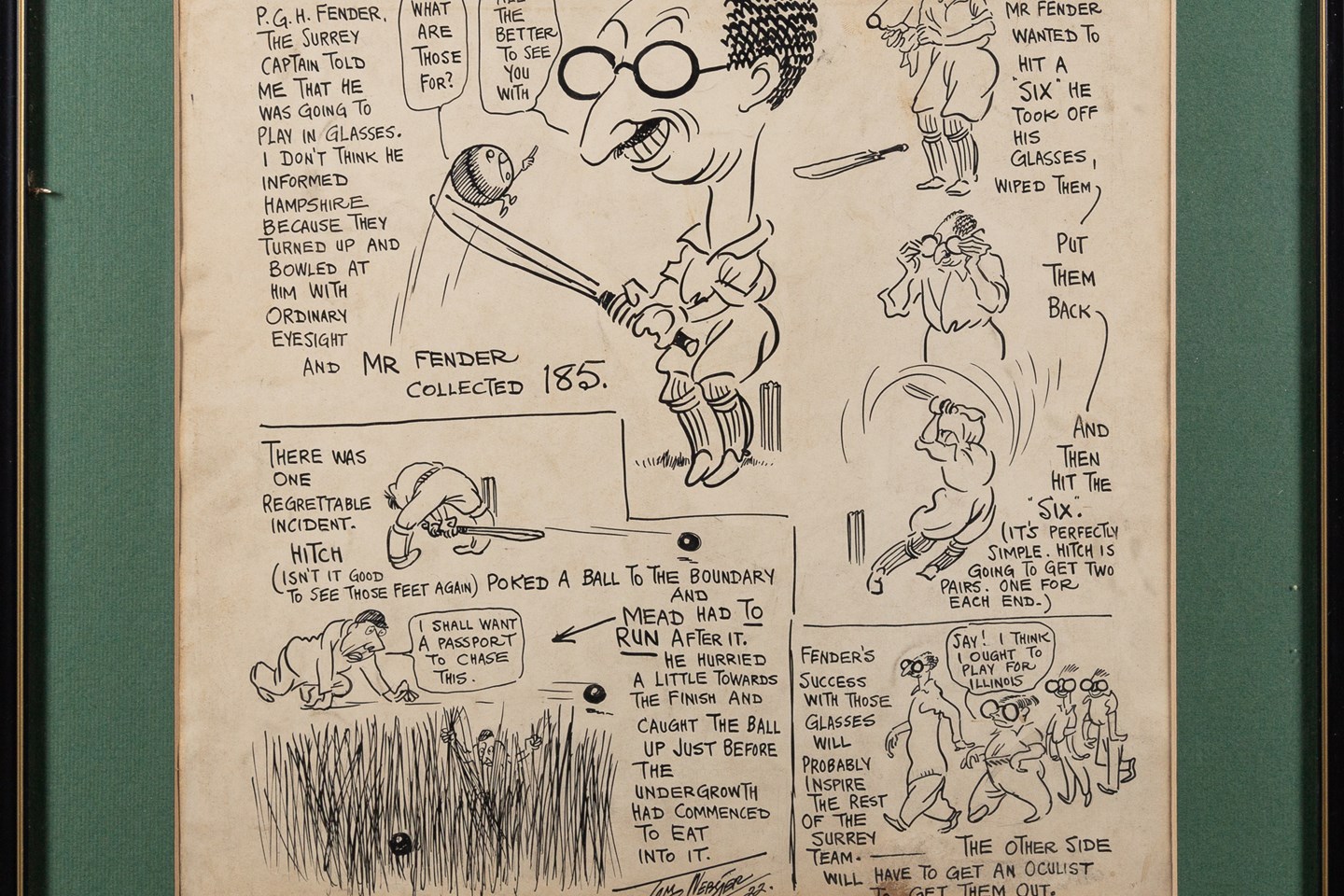
Sir Alexander Godolghan first purchased the mineral rich Manor of Trescau around 1300 establishing the first manor on site, in the form of a small administrative castle shortly afterwards. By 1475 the Godolphin family had amassed a fortune from their mineral rights, particularly tin, and felt the need for a larger more impressive house further down the slope from the original. Formed from much of the stone from the original castle which was demolished this new architecturally striking house is largely the basis for what exists today except for the extraordinary North Façade. Completed by Sir Francis Godolphin I in the 1630s the size and scale of this seven bay loggia of robust Tuscan columns was relatively modest, but at the time its effect was seriously classical and very grand. The house also boasted some of the earliest formal gardens in Europe and it is perhaps not an exaggeration to say one would have had to travel as far west as Wilton House to find anything else as grand.
It is recorded that the future King Charles II stayed at Godolphin House in 1646. The Godolphin family eventually moved to London in the middle of the 18th century and the new owners the Dukes of Leeds also chose not to live there. A sizeable portion of the house was demolished in 1805 and unsurprisingly the house seemed to slip gently from view.
In 1937 Sydney Schofield, the Suffolk based son of the American Impressionist artist Walter Elmer Schofield heard that Godolphin was for sale. Perhaps it was the article in Country Life that so enamoured him, the photographs of the slightly 'down at heel', but stately pile certainly looked alluring. It seems almost on the spur of the moment he sold his house in Otley and moved lock stock and barrel down to Cornwall with his parents, accompanied on the train journey by his Suffolk Punch horses, their heavy wagons and his pedigree milking herd of Red Poll cattle.
In 1940 Sydney Schofield married Mary Lanyon, the daughter of the St Ives artist Peter Lanyon and together they started the long and expensive process of restoring Godolphin House. Despite assistance from a further generation of family, involvement from English Heritage, opening to the public and the sale of the surrounding land to the National Trust the task of restoration proved too expensive and too difficult to complete. It was the late Sydney Schofield's desire that if the family were unable to maintain the house the National Trust should acquire it and keep it within the public domain.
Lots from Godolphin House were sold in our 1st July 2008 Seasonal Sale.
Godolphin House, Cornwall was written on Friday, 2nd January 2009.





